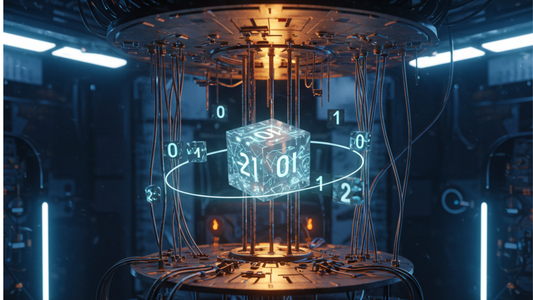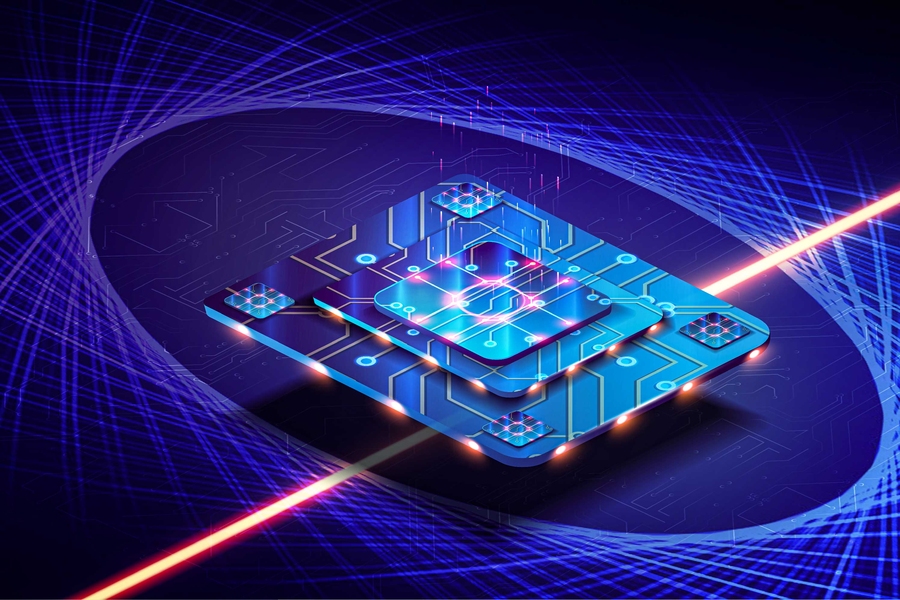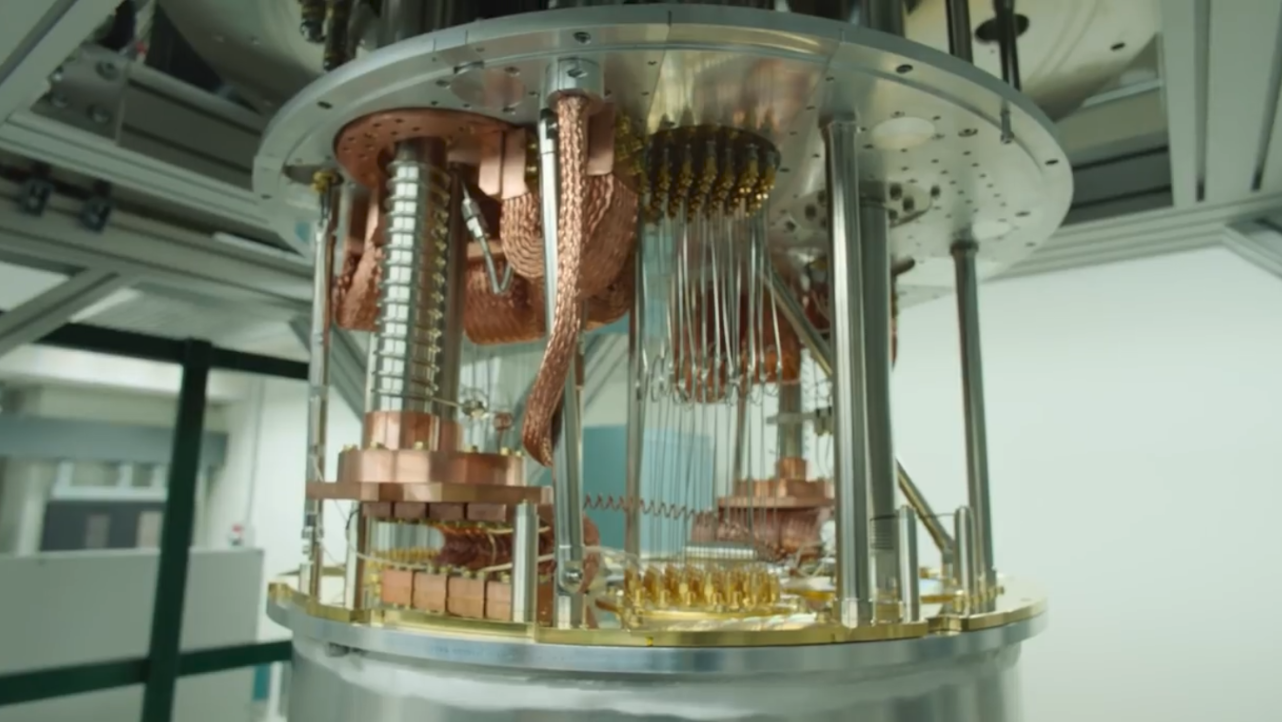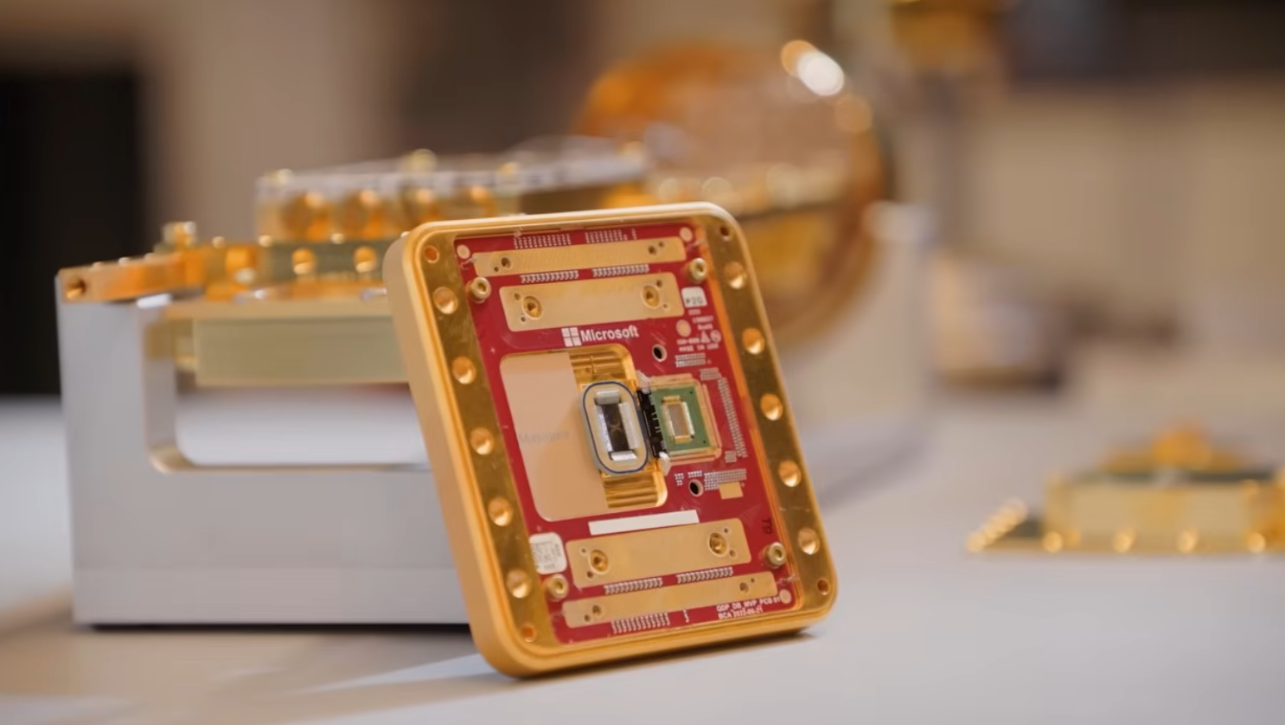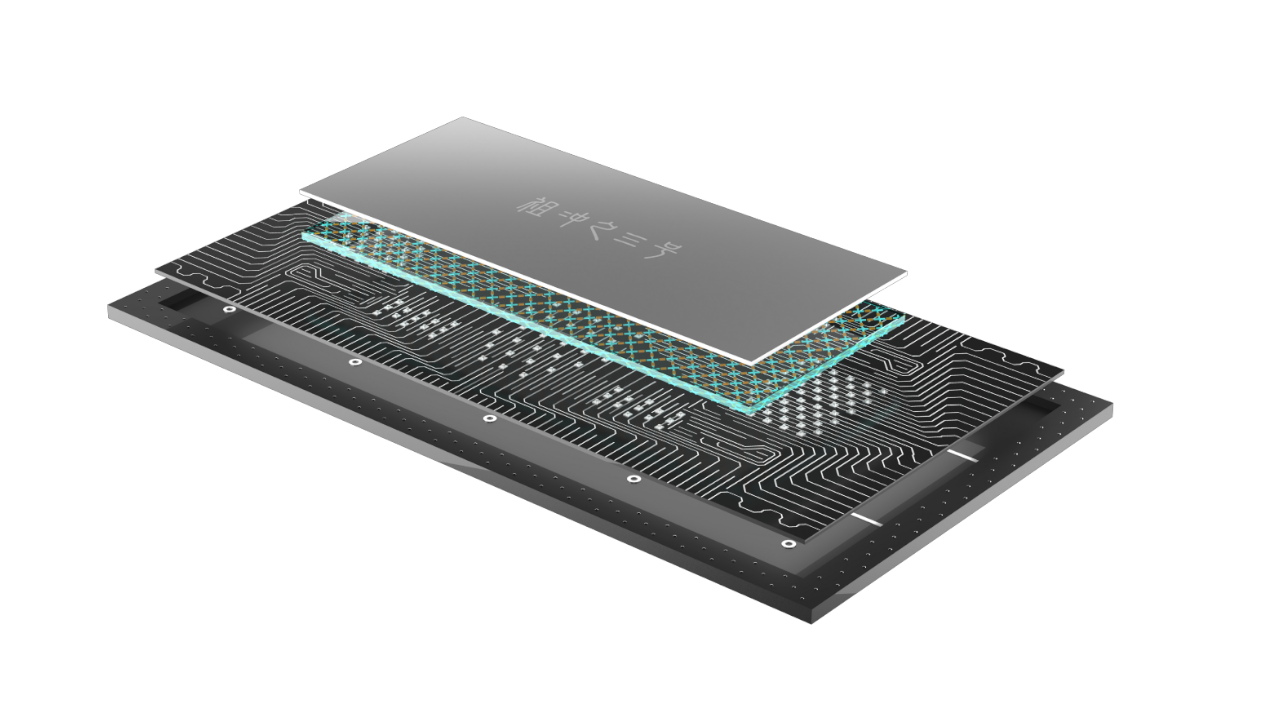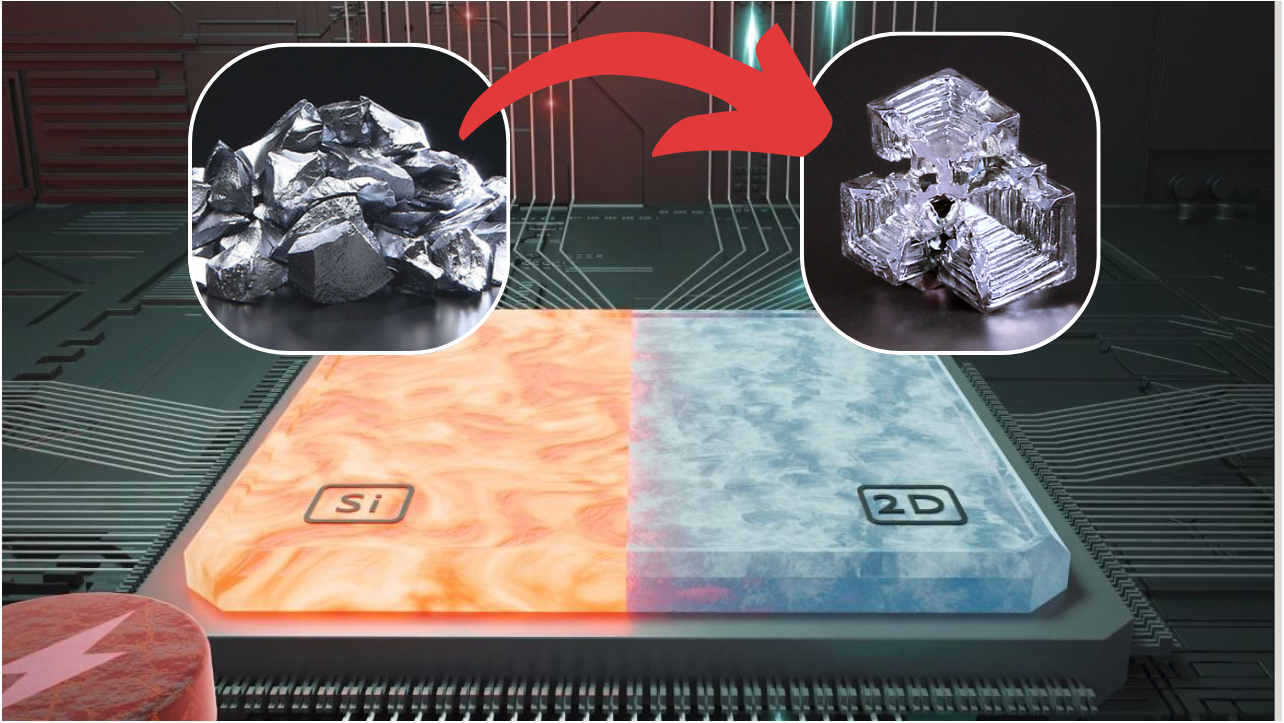Quantum computers rely on the qubit (quantum bit) as the smallest unit for representing information. A qubit can exist in a superposition of two states, |0⟩ and |1⟩, but upon measurement, it takes on a single value, either 0 or 1. The qudit, on the other hand, is a more complex unit with a broader range of values. When measured, it can take on more than just two states, such as 3, 5, or even more.
Using qudits is considered a more efficient option in many applications, as a single qudit can replace several qubits to perform the same task, thus reducing the structural complexity of quantum devices. However, dealing with qudits requires a higher level of complexity in design and programming.
In a research paper published on March 25th in the journal Nature Physics, researchers from the University of Innsbruck in Austria presented a study describing how they used “qutrits” and “ququits” — which are qudits with three and five states, respectively — to simulate the interactions between atomic particles and magnetic forces.
This simulation serves as a window into the atomic level of force interaction, such as what happens when a magnet attracts an iron nail. In fact, there is a complex interplay between magnetic fields and the tiny particles within the iron material. Such simulations contribute to deepening our understanding of these microscopic interactions, paving the way for studying natural forces in more accurate and effective ways.
The researchers made modifications to IBM’s quantum computer dedicated to researchers, which was designed so that each qubit in it could operate as a qudit, thereby increasing its ability to store and process a larger amount of information.
The simulation was represented by a two-dimensional grid, where the researchers assumed that the particles are positioned at the nodes of the grid, while the magnetic forces represent the links between those nodes. To run this simulation, they developed an algorithm based on known mathematical rules that describe how forces and particles interact at the atomic level, allowing them to simulate the complex behaviors of these systems accurately.
After conducting the simulation, the researchers found that their results closely matched what is observed in real physical experiments. This indicates that the quantum computer was able to perform this modeling using fewer physical resources compared to what would be needed when using qubits.
This research highlights the significant benefits of using qudits instead of qubits, as they contribute to reducing the complexity of the physical structure of quantum computers, making them more efficient in processing complex phenomena related to quantum physics.
These findings encourage the adoption of qudit technology in studying similar quantum phenomena, opening new horizons for research and discovery in this evolving field.
